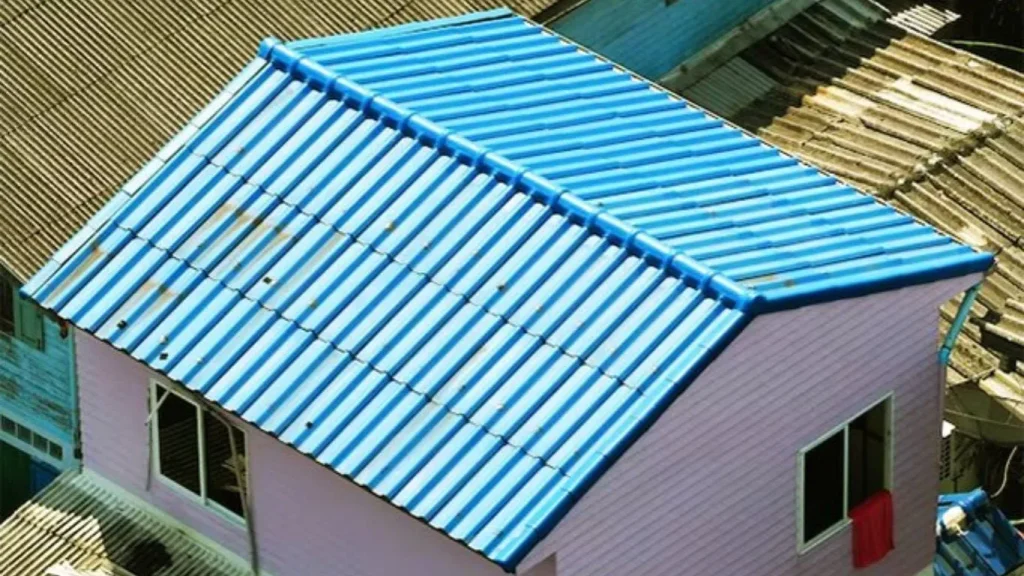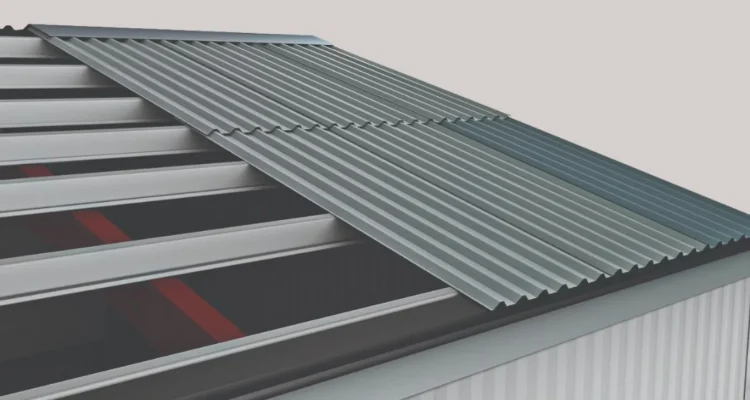Introduction to Metal Roofing
Metal roofing offers several advantages over traditional asphalt shingles, including superior durability and resistance to weather elements. One of the critical aspects of installing metal roofing is the overlap technique, which ensures that water flows off the roof without seeping through the seams.

Understanding Metal Roofing Materials
Before starting the installation process, it’s essential to understand the types of metal used in roofing. Common materials include steel, aluminum, and copper, each offering unique benefits in terms of cost, durability, and aesthetic appeal. Homeowners should choose a material that suits their climate and budget.
Tools and Materials Needed
Gather all necessary tools and materials before beginning the installation. Tools typically include a screwdriver or drill with appropriate bits, a chalk line for marking guidelines, and safety gear such as gloves and goggles. Materials will include metal roofing panels, roofing nails or screws, and sealant for waterproofing.
Preparing for Installation
Safety should always be a priority when working on a roof. Ensure proper ladder safety and consider using roof jacks for stability. Before laying down any panels, inspect the roof for any damage or areas that may need repair. Clear debris and ensure a clean, flat surface for the new roofing material.
Choosing the Right Overlap Pattern
The overlap pattern chosen will depend on the type of metal roofing and the roof’s slope or pitch. Standing seam roofs, for example, require a specific overlap pattern to maintain their integrity. Corrugated metal roofs may have different requirements based on manufacturer specifications and regional building codes.
Step-by-Step Guide to Overlapping Metal Roofing
Marking Guidelines and Layout
Begin by using a chalk line to mark guidelines on the roof surface. These guidelines will ensure straight panel alignment and proper overlap spacing.
Installing Underlayment
Lay down an appropriate underlayment before installing metal panels. Underlayment provides an additional layer of protection against moisture and helps regulate temperature inside the home.
Placing the First Metal Panel
Align the first metal panel according to your marked guidelines. Use roofing screws or nails to secure the panel in place, ensuring it sits flush with the roof edge.
Overlapping Panels
Overlap subsequent panels according to manufacturer guidelines. Ensure each panel overlaps the previous one adequately to prevent water infiltration. Use sealant between overlapping panels for added waterproofing.
Cutting and Shaping Panels
Use tin snips or a metal cutting blade to trim panels to size as needed. Measure carefully to ensure a precise fit around roof edges, vents, and chimneys.
Securing Ridge Caps and Edges
Install ridge caps along the roof’s peak to provide a finished appearance and prevent water from penetrating the seam. Seal edges with additional caulking or sealant for maximum weather protection.
Common Mistakes to Avoid
Avoid common installation mistakes, such as improper panel alignment or inadequate sealing. These mistakes can lead to leaks and premature roof failure, requiring costly repairs.
Maintaining Metal Roofing
Regular maintenance is essential to prolong the life of a metal roof. Inspect the roof annually for signs of damage, such as loose panels or rust spots. Promptly repair any issues to prevent further damage.
Benefits of Overlapping Metal Roofing
The overlapping technique used in metal roofing installation offers several benefits. It enhances the roof’s ability to shed water efficiently, reducing the risk of leaks. Additionally, metal roofs are known for their energy efficiency, reflecting heat away from the home and potentially lowering cooling costs.
FAQs
How long does a metal roof last?
Metal roofs can last 50 years or more with proper installation and maintenance.
Can I install metal roofing over existing shingles?
It’s possible, but best practice is to remove old shingles for a cleaner installation.
What is the best type of metal roofing for snowy climates?
Standing seam roofs are ideal for snowy areas due to their seamless design.
Do metal roofs attract lightning?
No, metal roofs do not attract lightning more than any other roofing material.
How much does it cost to install a metal roof?
Costs vary widely based on materials and roof size, but expect to pay more upfront for the longevity metal roofs offer.
Conclusion
Installing metal roofing with proper overlap techniques is a worthwhile investment for homeowners seeking durability and longevity. By following the steps outlined in this article and choosing high-quality materials, you can ensure a roof that withstands the elements and enhances your home’s value.


Congratulation!